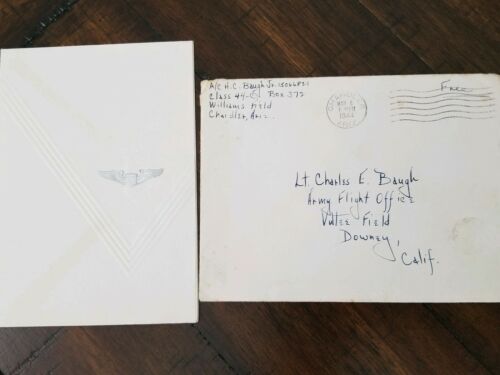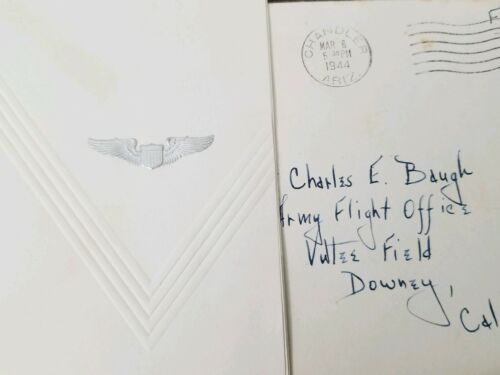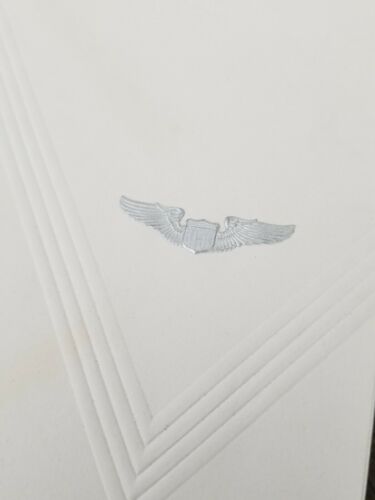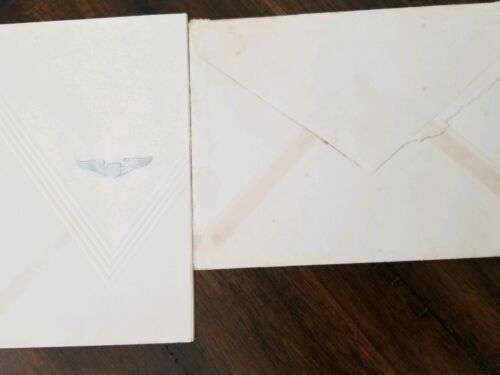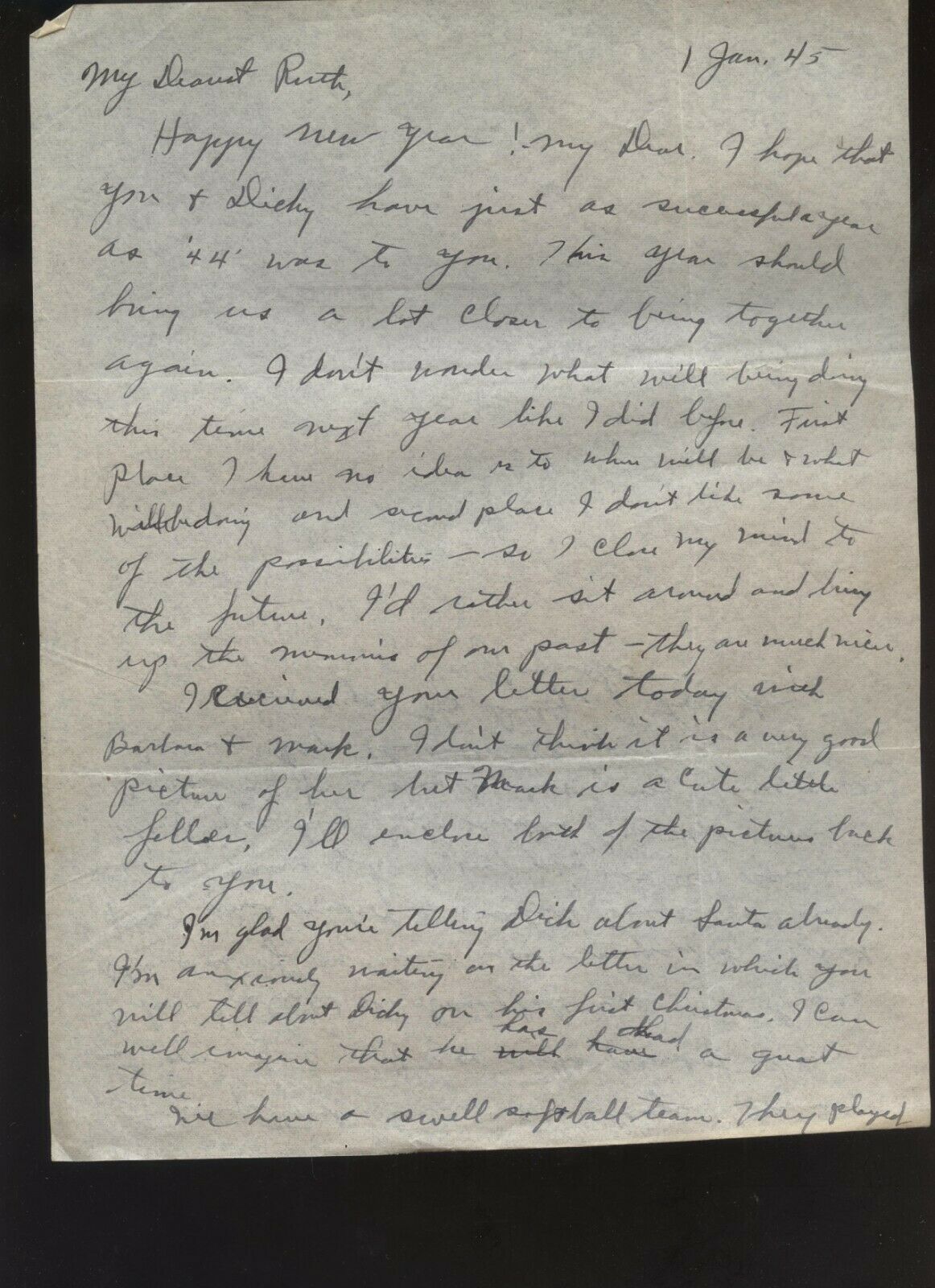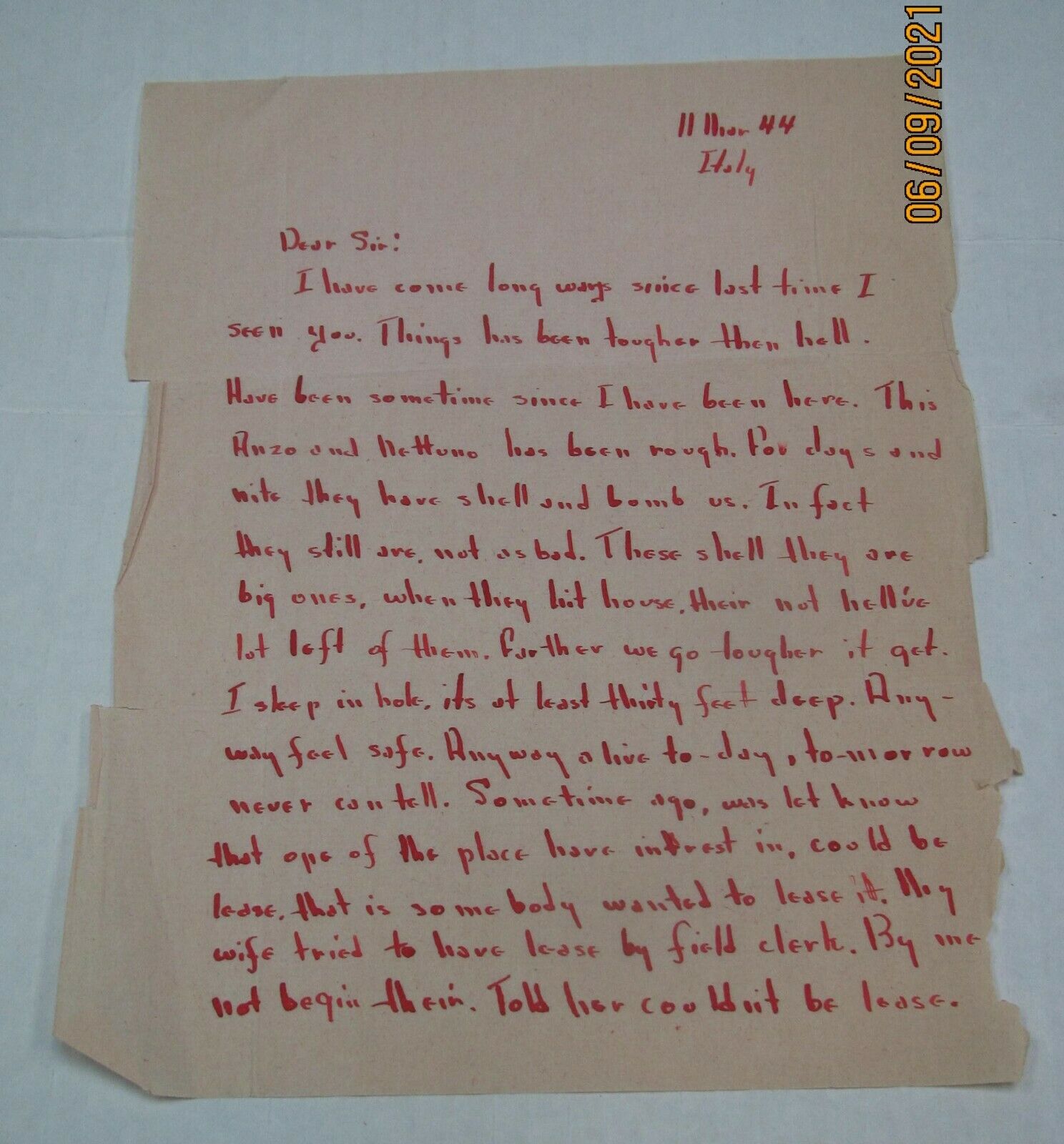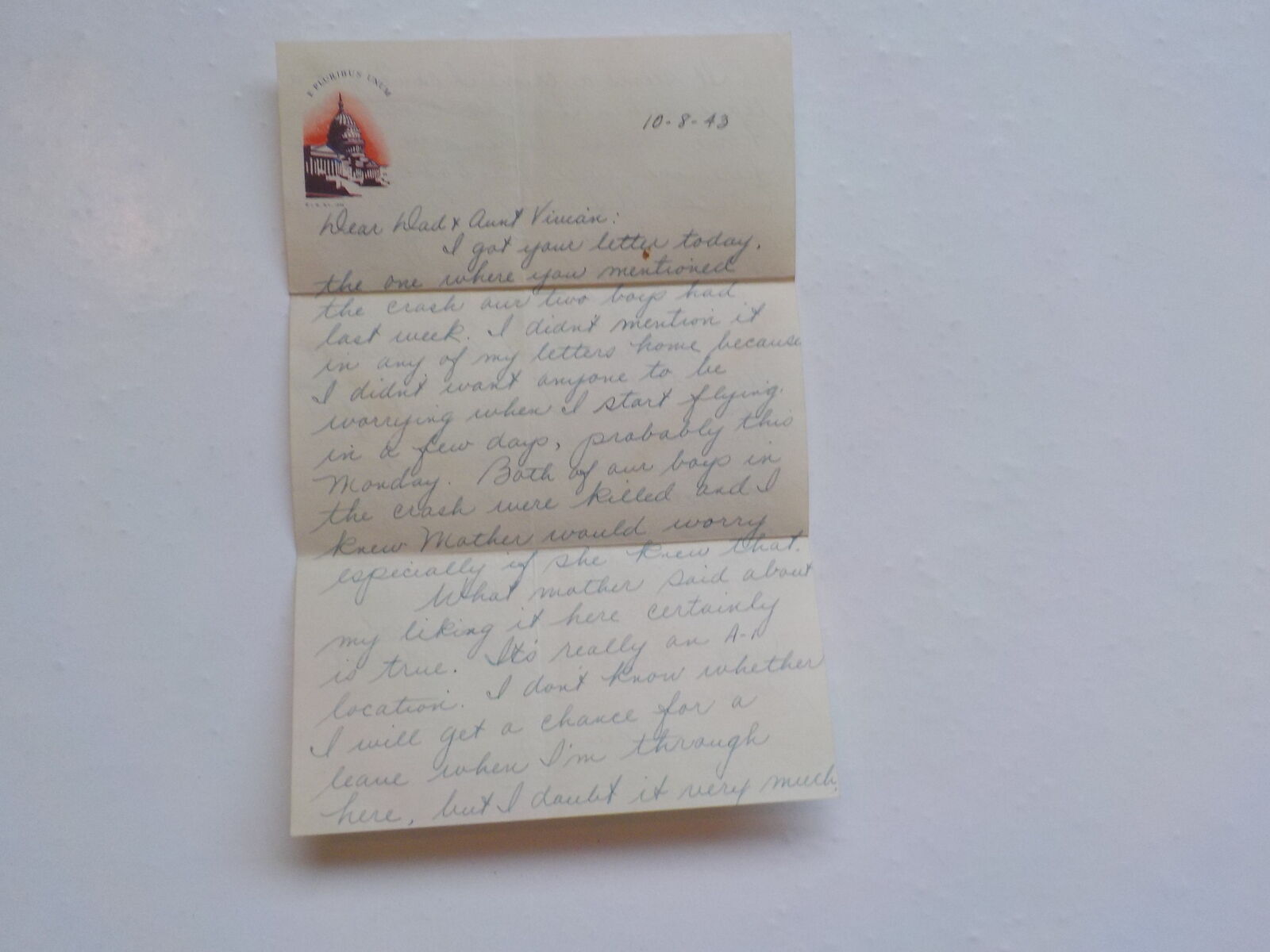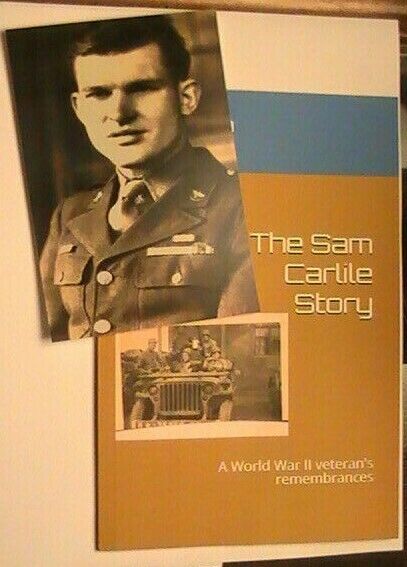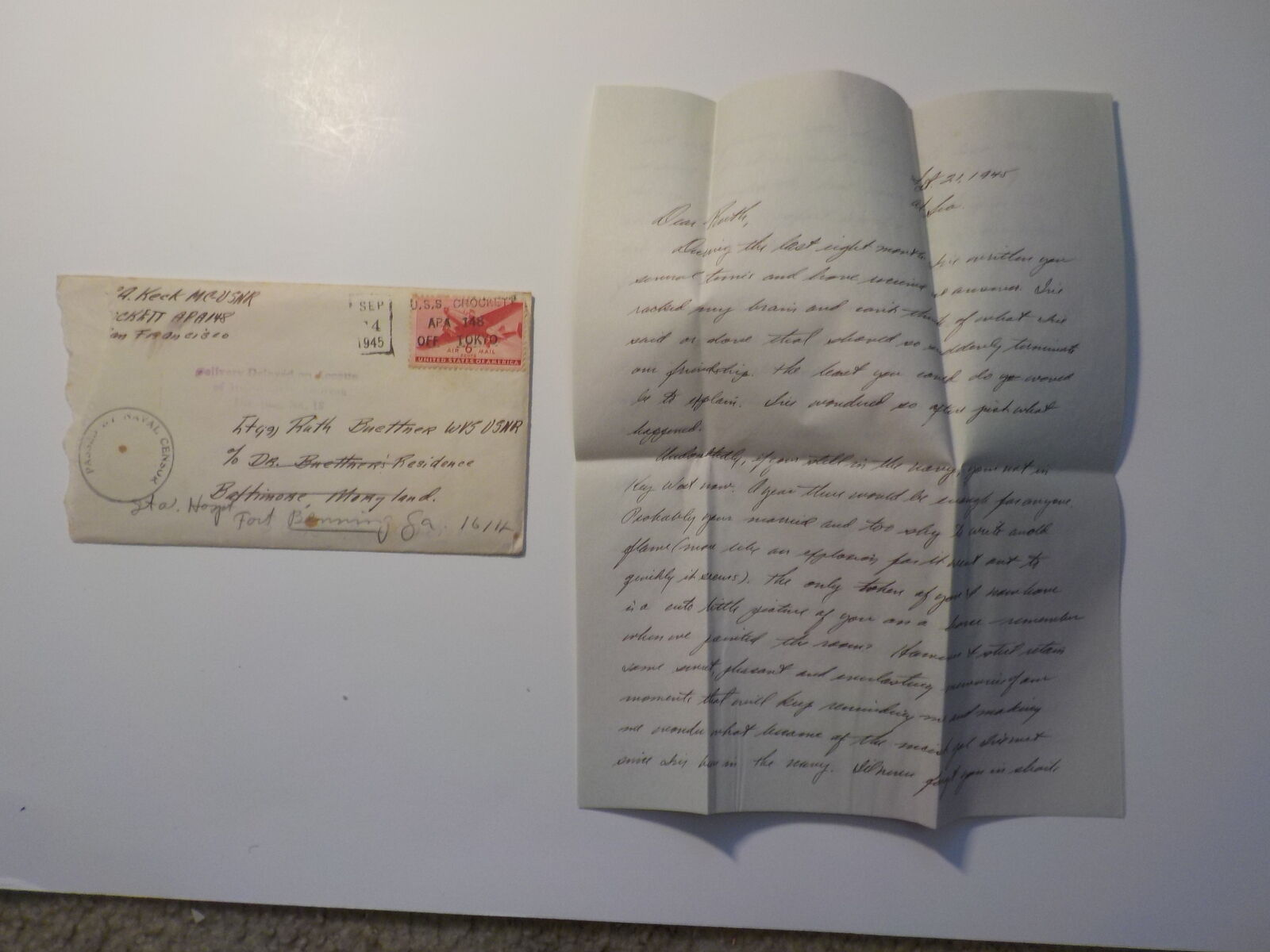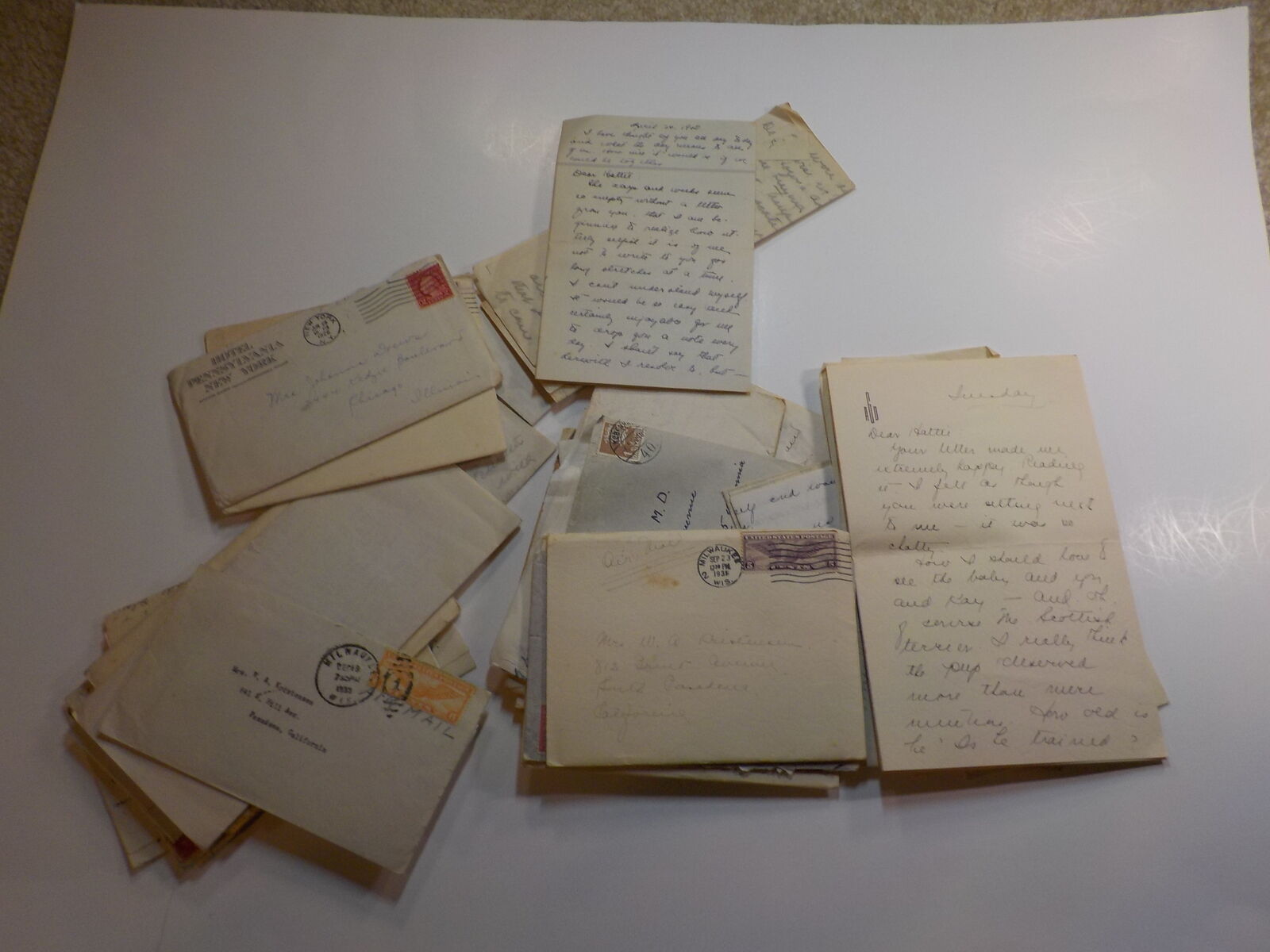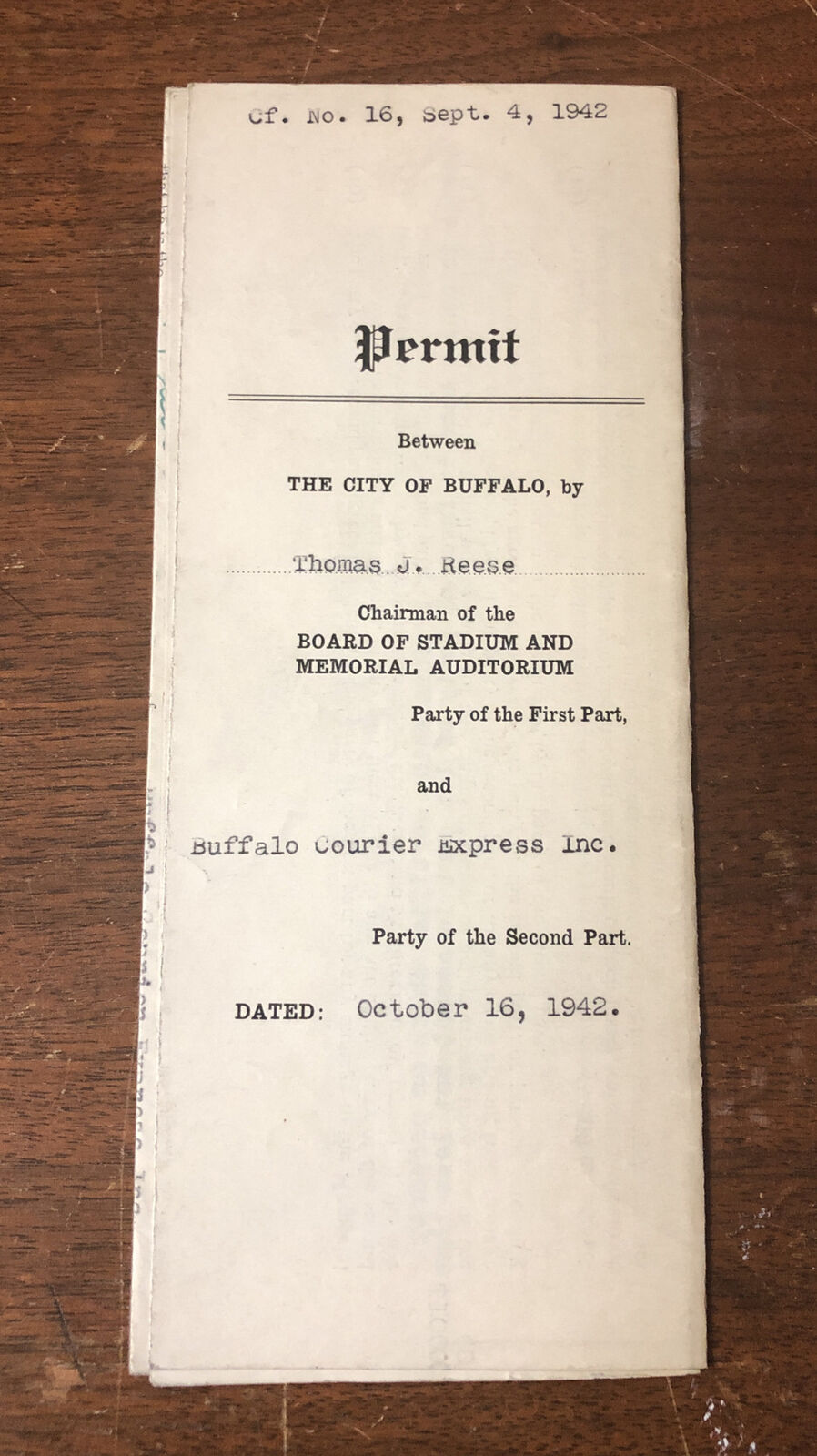-40%
WW2 WWII Army Advanced Flying School Invitation Class 44-C 1944 Baugh USAAF
$ 13.2
- Description
- Size Guide
Description
WW2 WWII Army Advanced Flying School Graduation Invitation Class 44-C 1944 Baugh USAAFHenry Crockett Baugh, Jr.
BIRTH 28 Oct 1921
DEATH 17 Oct 1962
Interred Arlington National
Cemetery
Original Envelope and Invitation sent from A/C Henry Crockett Baugh Jr. Class 44-C Williams Field Chandler Arizona to his brother, Lt. Charles E. Baugh, Army Flight Office, Vultee Field Downey, CA.
Postmarked March 6th, 1944. I have two other listings featuring Lt. Charles Baugh (Test Pilot) with the last production A-20 Havoc aircraft. (search my store for "Baugh")
Inscription on the inner invitation:
Williams Field, Advanced Flying School, Chandler, Arizona, announced the graduation of Class 44-C Pilots, Sunday morning, March twelfth, Nineteen hundred and forty-four.
Williams Field History
During World War II, Williams Field was under the command of the 89th Army Air Force Base Unit, AAF West Coast Training Center. The flying organization was the 38th (Bombardier and Specialized Twin- and 4-Engine) Flying Training Wing. Thousands of future P-38 Lightning pilots learnt their twin-engine flying skills flying the Beech AT-10 Wichita at Williams. By July 1942, there were 79 AT-10s assigned to the field, however the hot, dry climate of Arizona tended to dry out the wood and glue of the wooden AT-10s, causing at least 10 flying cadets to lose their lives in crashes. Training with the AT-10 was stopped and the aircraft were flown to more humid locations. They were replaced by the Cessna AT-17 Bobcat twin engine trainers, however the AT-17 was seen as "too easy to fly" and were replaced by the more demanding Curtiss-Wright AT-9. By January 1943, almost 200 AT-9s were at the airfield.
The RP-322 training version of the P-38 began to arrive also in early 1944, and by May, the flying school was involved in four courses of instruction. By far, the largest course was a single-engine advanced course where cadets received instruction on the AT-6 Texan. Graduates advanced to the twin-engine AT-9, then on to the RP-322. This training was intended to prepare pilots for photo-reconnaissance missions. Another course was given to experienced pilots who were transitioning to twin-engine aircraft, also in the RP-322. Later, a night fighter training program was established for pilots on the RP-322 for later transition to the P-61 Black Widow at Hammer Field, California.
By late 1944, there was an ample supply of twin-engine pilots in training and by late 1944, the single-engine T-6 training was discontinued. Williams then began to offer four-engine training with Boeing B-17 Flying Fortress bombers in December. Its students would be experienced pilots who were transitioning to the large four-engine bomber. The B-17 pilot training ended in April 1945, graduating 608 officers for the Flying Fortress program.
